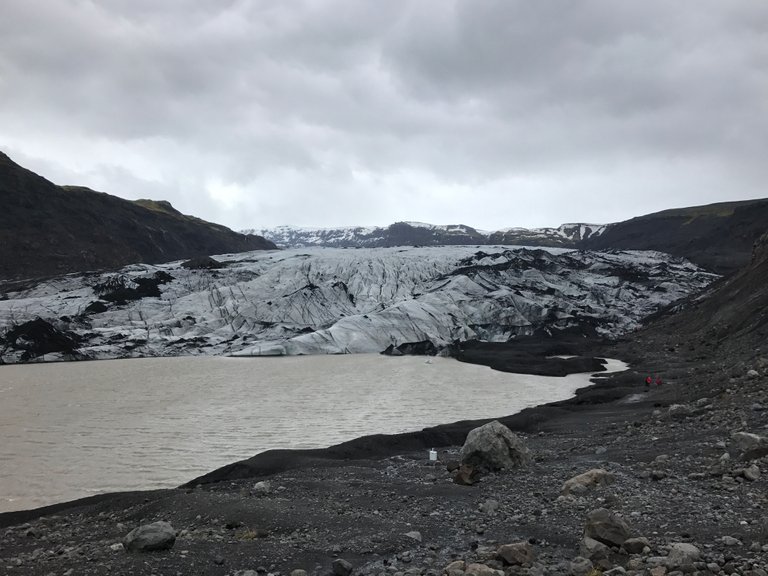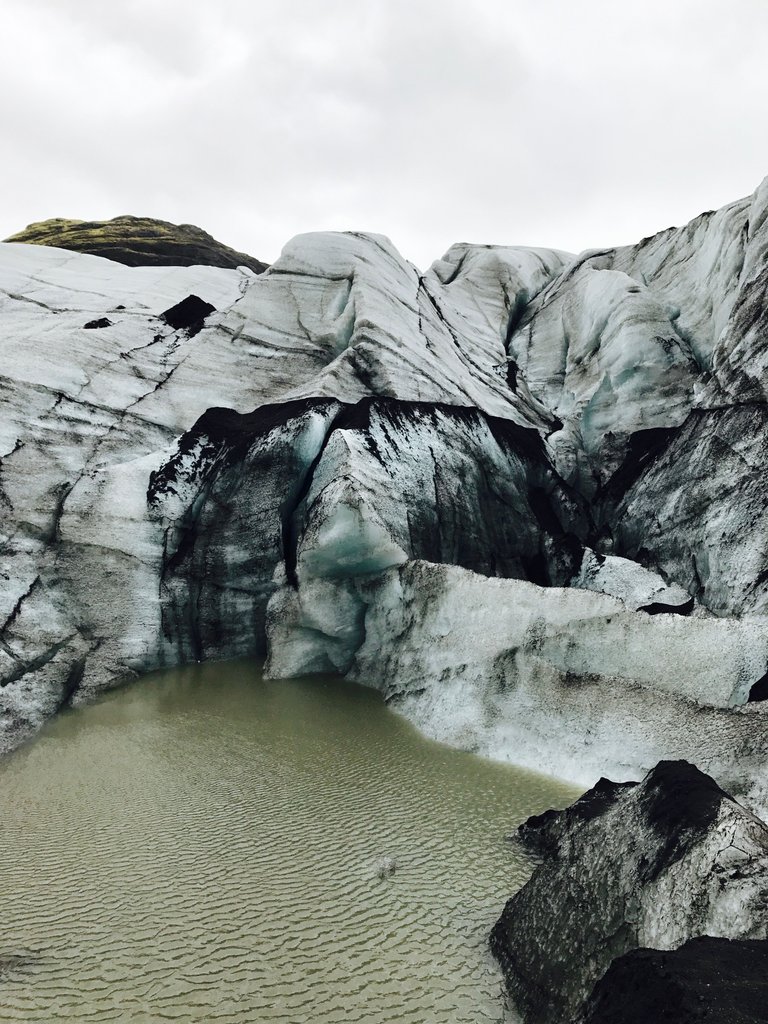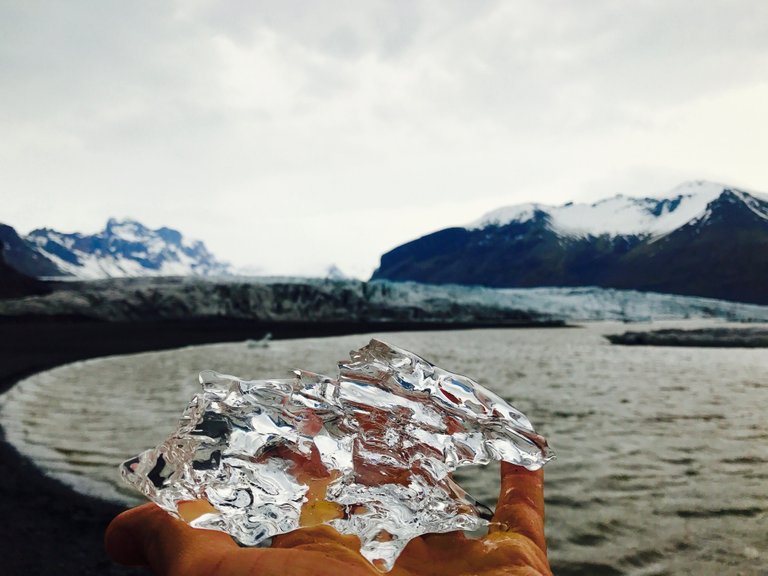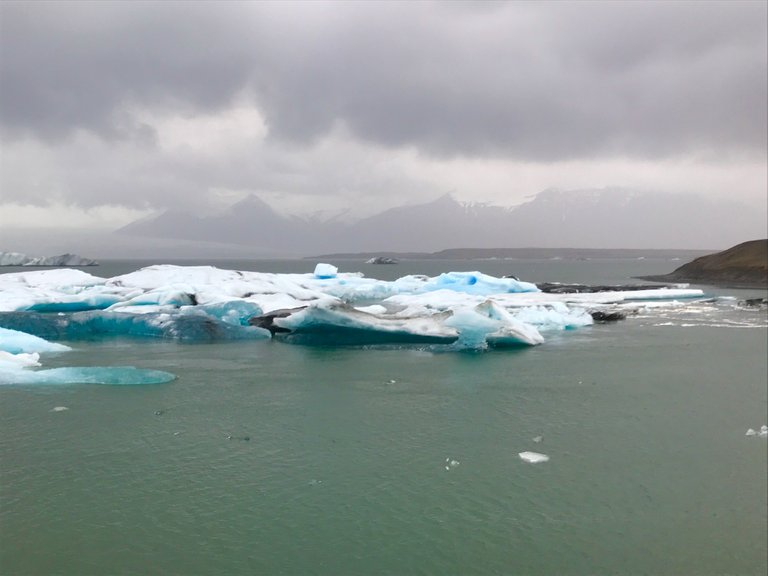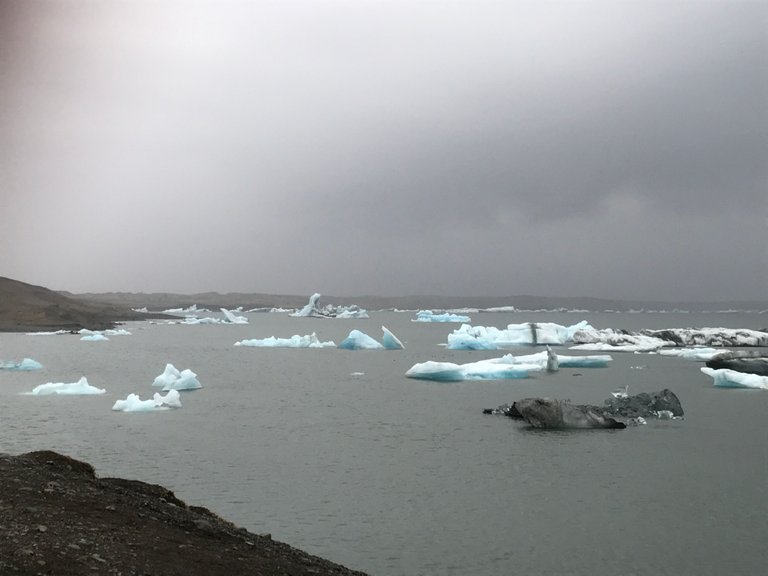Iceland: An Adventure Like You've Never Experienced Before

The real question is, why wouldn’t you?
I guess they needed to make sure it was cool enough!
Okay, I’ll stop… but seriously, it stays pretty chilly there, fitting for a place that's only 1,700 miles from the North Pole. The beauty of this, however, is it allows for the preservation of Iceland’s over 13 glaciers. 13! Now you may be thinking, “sheesh, that must cover a lot of land.” And you’re absolutely right, in fact, combined these glaciers cover 11% of the entire island's surface.
We visited two out of these glaciers, Mýrdalsjökull and Vatnajökull. And yes, I still don’t know how to pronounce the names properly. Mýrdalsjökull spans roughly 230 sq. miles and covers an active volcano, locally named Katla. Vatnajökull on the other hand, is the largest glacier in Iceland, spanning 3,100 sq. miles and covering 8% of the country on its own.

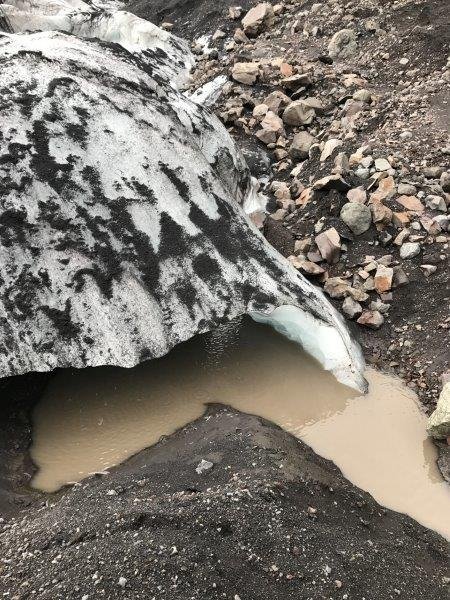
Led by our guide Norris (ig @ norrisniman) we learned that climate is constantly changing the shapes of the glaciers. So much so that every few months, Norris and his team must trek through the glacier discover, and plot new paths to take tourists through, because the ice is always changing. One month, they may have a safe tunnel. The next month it could be completely covered by ice. He enjoys it, as it feels like he is discovering a brand new glacier each time.
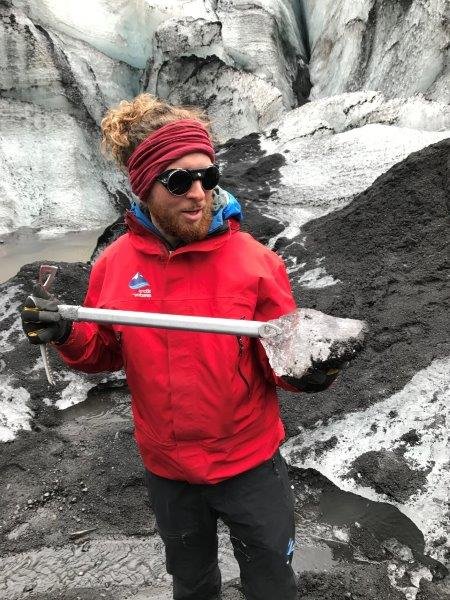
He even let us use his ice pick to take a few whacks at some broken off ice from the glacier. Someone (my fiancé, cough cough) had a blast with this. Now if only I could find myself a pair of those sweet goggles...
It was also a bit sad and disturbing, learning how far the glacier has receded over the years. As shown in the picture below, you can see how much it as melted since 2010, almost half a mile. There are many factors contributing, but one thing we as humans can do to prevent this is recycling. The less carbon-based materials burned, the less we destroy our atmosphere.
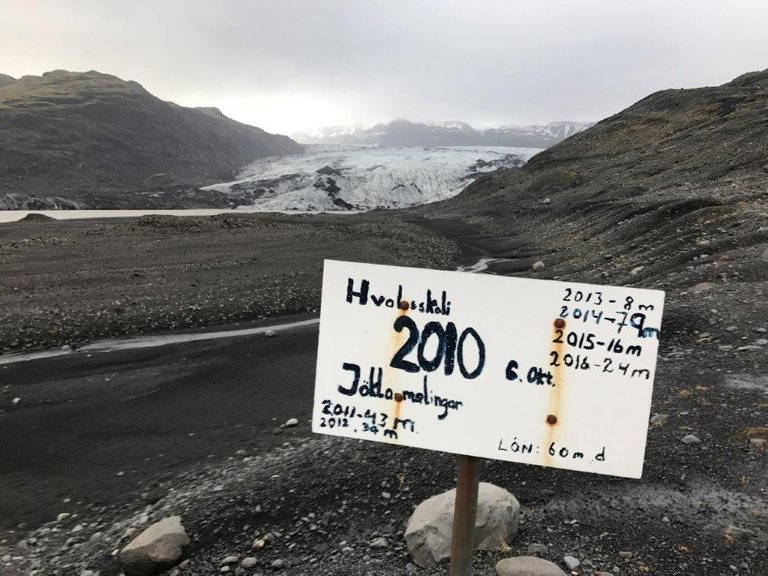
.jpg)
It's pretty amazing to think that these lakes were created, in large part, from the very ice chunks you see floating on them. Notice the blue parts of the ice, this occurs when snow falls on the glacier and is compressed. The air bubbles are pushed out and the ice crystals enlarge, making the color look blue.
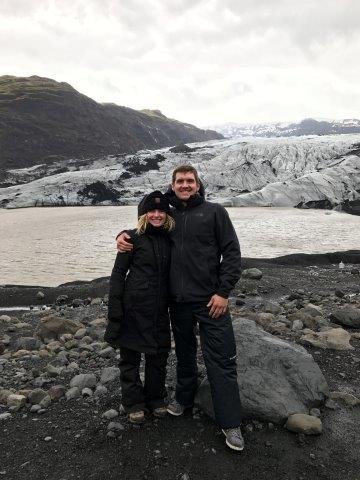
As if you can’t tell by now, just the glaciers alone are worth taking a trip to Iceland. It’s one thing to see a picture or video of them, but to physically be there, to feel the elements around you and witness it first hand, is an experience of a lifetime.
In the next part, we dive into the hot springs and discover geothermal steam spewing out of the ground. Stay tuned for part 2!
Credits to http://www.gandtweekends.com for that amazing northern lights pic!
